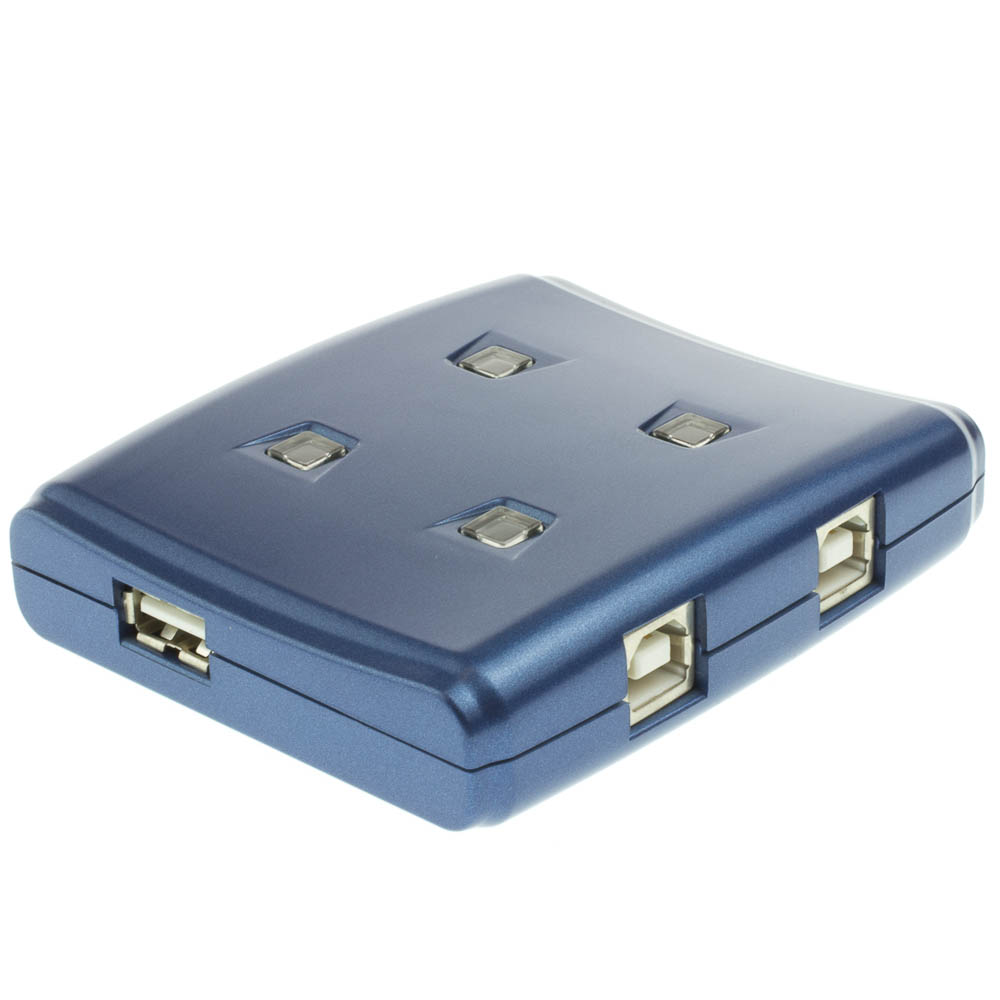- Usb To Serial Driver Mac
- Usb Serial Port For Mac Os
- Usb To Serial For Mac
- Mac Pro Usb Ports
- Check Usb Ports Mac
- More Usb Ports For Mac
Once you’ve determined which device you would like to use, you can execute the SCREEN command to start the serial terminal session on your Mac. Remember to specify the speed (baud rate) after the device name. Screen /dev/tty.usbserial-FTT3JMUZ 9600. This USB-C™ to serial adapter lets you connect your USB-C devices to your legacy serial equipment. It converts a USB-C port on your laptop or computer into an RS232 DB9 serial port with COM port retention. TRENDnet USB to Serial 9-Pin Converter Cable, TU-S9, Connect a RS-232 Serial Device to a USB 2.0 Port, Supports Windows & Mac, Supports USB 1.1, USB 2.0, USB 3.0, 25 Inch Cable Length, Plug & Play 4.5 out of 5 stars 2,229 $9.99$9.99 $14.99$14.99 Get it as soon as Thu, Sep 10. Serial port names on Mac OS X. The name of the serial port in OS X is dependant on the driver. It might be something like /dev/tty.USBSERIAL/ and it might be /dev/tty.PL2303-xxx You might wish to have the user create a symlink such as /dev/tty.MYAPPUSB that points to their specific serial port. Find the Port Number that Arduino is Plugged Into. This USB-C™ to serial adapter lets you connect your USB-C devices to your legacy serial equipment. It converts a USB-C port on your laptop or computer into a RS232 DB9 serial port, giving you a cost-saving way to connect to serial devices such as point-of-sale terminals, serial modems, industrial equipment, and a wide variety of other RS232 peripherals.
Information about these and other types of Mac ports is in the specifications for your Mac: Choose Apple menu > About This Mac, click Support, then click Specifications. Or check your Mac user guide.
Thunderbolt 3
Use Thunderbolt 3 with displays and other devices that connect using either a Thunderbolt 3 cable or USB-C cable. You can also connect a USB-C power adapter and cable to charge your notebook computer. If you have a device that doesn't connect to this port, you might be able to use an adapter to connect it.
These Mac models have Thunderbolt 3 ports:
- MacBook Pro introduced in 2016 or later
- MacBook Air introduced in 2018 or later
- iMac introduced in 2017 or later
- iMac Pro (all models)
- Mac mini introduced in 2018
- Mac Pro introduced in 2019
If your Mac notebook or desktop computer has more than one port like this, each port supports ThunderBolt 3 and USB-C.
USB-C
Use USB-C with displays and other devices that connect using a USB-C cable. You can also connect a USB-C power adapter and cable to charge your notebook computer. If you have a device that doesn't connect to this port, you might be able to use an adapter to connect it.
MacBook models introduced in 2015 or later have a single USB-C port. This port doesn't support Thunderbolt devices.
If your Mac has only one port like this, it's a MacBook that supports USB-C but not Thunderbolt.
Thunderbolt
Use Thunderbolt or Thunderbolt 2 with displays and other devices that connect using a Thunderbolt cable.
These Mac models have Thunderbolt or Thunderbolt 2 ports:
- MacBook Pro introduced in 2011 through 2015
- MacBook Air introduced in 2011 through 2017
- Mac mini introduced in 2011 through 2014
- iMac introduced in 2011 through 2015
- Mac Pro introduced in 2013
Thunderbolt and Thunderbolt 2 are not the same as Mini DisplayPort . They have the same shape, but use different symbols on the cable and port. However, this port does support Mini DisplayPort for video output, so you can use a Mini DisplayPort cable to connect a Mini DisplayPort display.
Mini DisplayPort
Use Mini DisplayPort with displays that connect using a Mini DisplayPort cable.
These Mac models have Mini DisplayPort:
- MacBook Pro introduced in late 2008 through 2010
- MacBook Air introduced in late 2008 through 2010
- Mac mini introduced in 2009 and 2010
- iMac introduced in 2009 and 2010
- Mac Pro introduced in 2009 through 2012
Mini DisplayPort is not the same as Thunderbolt or Thunderbolt 2 . They have the same shape, but use different symbols on the cable and port.
USB-A
Use USB-A with devices that connect using a USB cable. USB ports are sometimes known by the USB specification of the port, such as USB 2 or USB 3.
Left to right: power, two Thunderbolt, USB-A, and Audio-Out.
HDMI
Use HDMI with displays and TVs that connect using an HDMI cable.
Ethernet
Use Ethernet with networks and devices that connect using an Ethernet (RJ45) cable.
FireWire
Usb To Serial Driver Mac
Use FireWire with devices that connect using a FireWire 400 or FireWire 800 cable.
SD card

Use the SD card slot with SD, SDHC, SDXC, MMC, and UHS-II media cards, such as those used by digital cameras.
Audio
Usb Serial Port For Mac Os
Use Audio-Out — or — with headphones, speakers, and other audio-output devices that connect using an audio cable that has a 3.5 mm (1/8 inch) audio jack.
Use Audio-In with a microphone or other audio-input device that connects using an audio cable that has a 3.5 mm (1/8 inch) audio jack.
Usb To Serial For Mac

Mac Pro Usb Ports
Power
Check Usb Ports Mac
Use the power port , if available, to connect your computer to AC power using a MagSafe cable or adapter. This port isn't available on newer Mac notebook computers, which use Thunderbolt 3 or USB-C for power and charging. Learn more about power adapters and cables for Mac notebook computers.
More Usb Ports For Mac
Learn more
